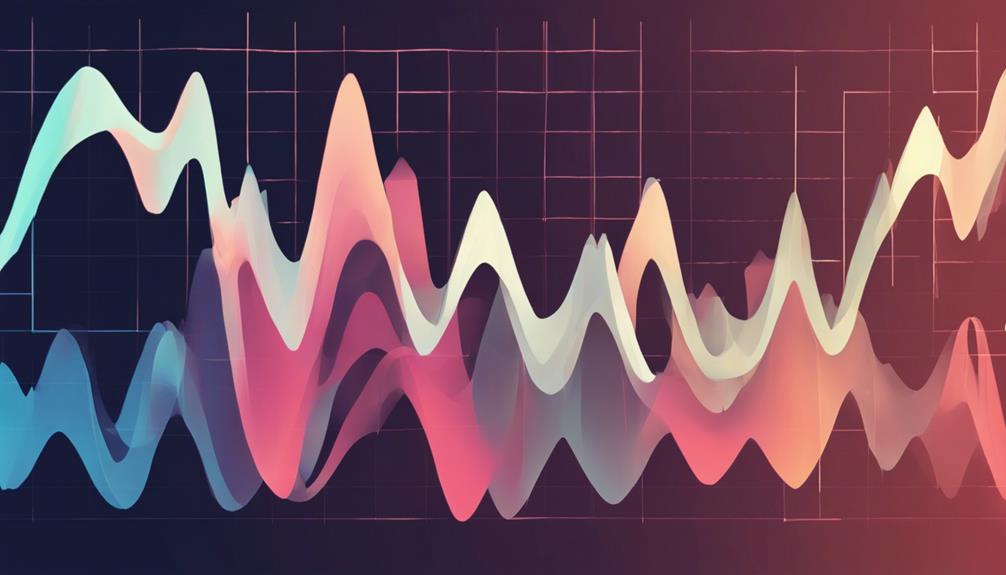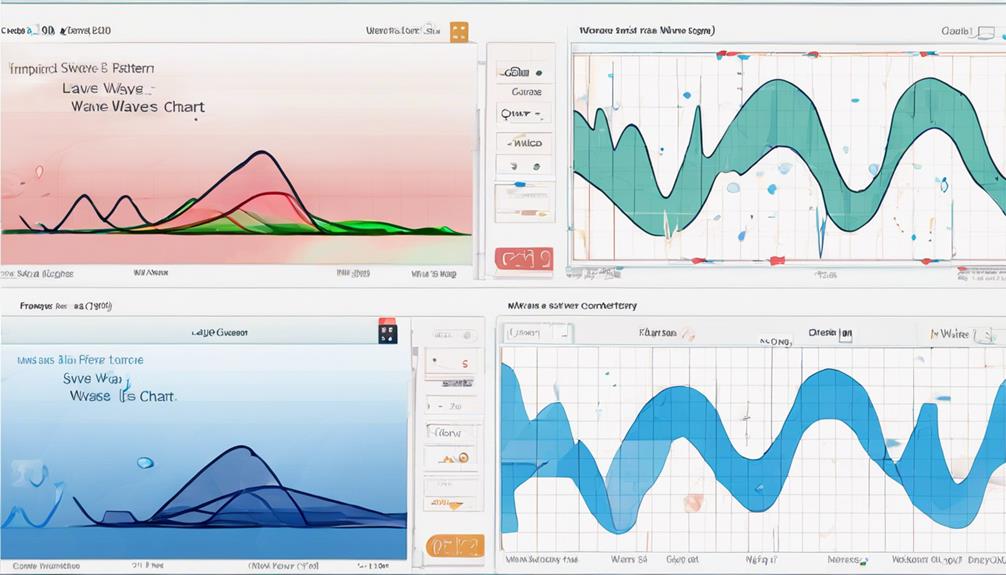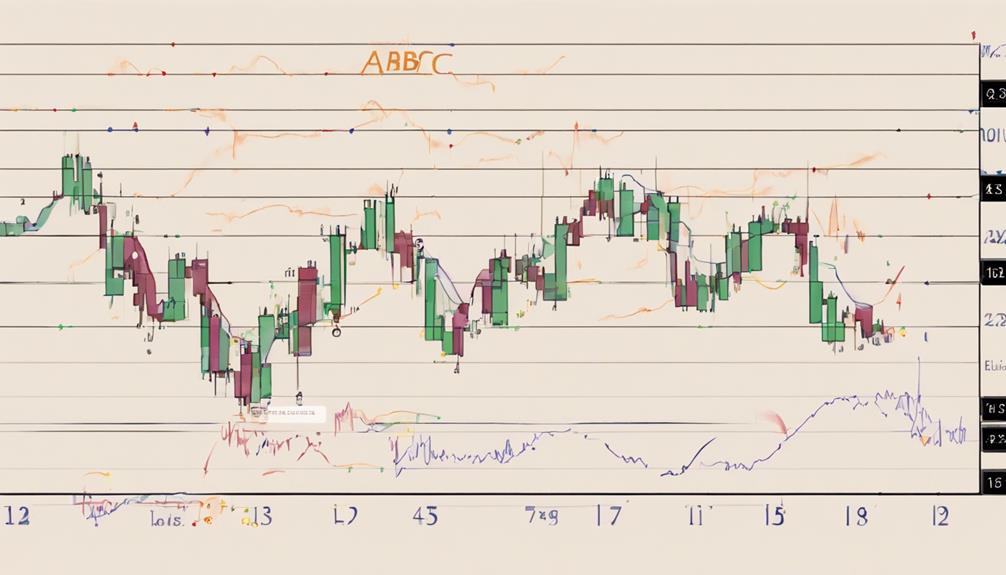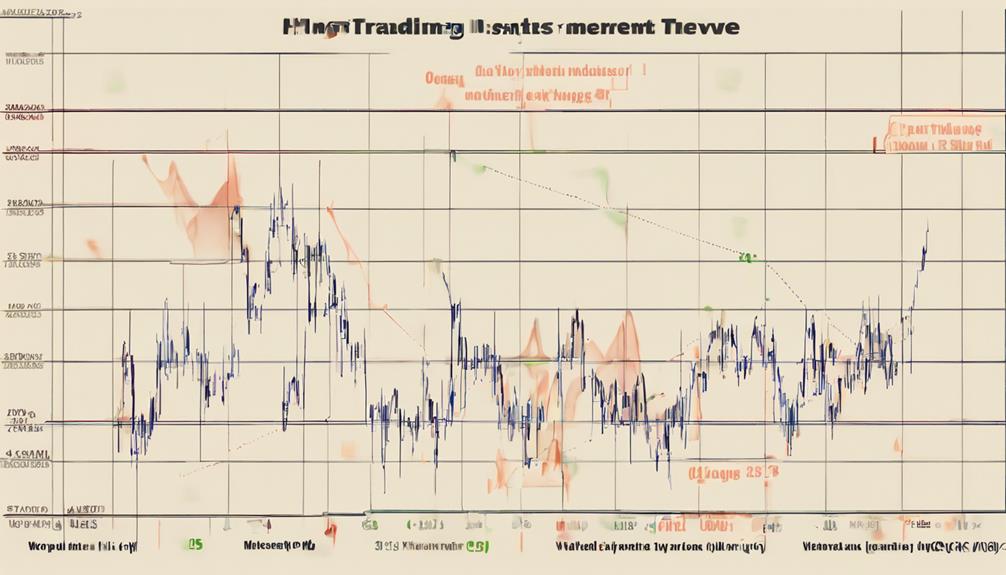Exploring the fundamentals of Elliott Wave Theory unveils a structured approach to deciphering market movements with a blend of art and science. By discerning wave patterns within price action, traders aim to unlock the mysteries of market sentiment and potential future directions.
From identifying impulse waves that drive trends to understanding corrective waves that offer opportunities for market entry, Elliott Wave Theory serves as a compass for navigating the complexities of financial markets. Its intricate interplay with Fibonacci ratios and the psychology of market participants sets the stage for a captivating journey into the realm of technical analysis, paving the way for strategic decision-making in the dynamic landscape of trading.
Key Concepts of Elliott Wave Theory
The fundamental principles that underpin Elliott Wave Theory are essential for comprehending the intricate dynamics of market trends and price movements. Elliott Wave Theory is structured around the concept of waves, which consist of impulse waves that drive the trend direction and corrective waves that act as retracements within the trend.
The theory outlines a specific Elliott Wave structure, emphasizing that Wave 1 marks the beginning of a new trend, Wave 3 is typically the strongest and most extended wave, and Wave 5 signifies the final move in the trend. This 5-3 wave pattern forms the basis for market forecasting within Elliott Wave Theory, with waves 2 and 4 providing corrections to the preceding impulse waves.
Furthermore, the application of Fibonacci ratios is integral to identifying potential price targets within the wave structures, as these ratios align with the natural progression of the Fibonacci sequence, enhancing the precision of market analysis and prediction.
Wave Patterns in Market Trends

Characterized by distinct 5-3 wave structures, market trends exhibit alternating phases of impulse and corrective movements, providing valuable insights into price action dynamics. These wave patterns, consisting of impulse waves that drive the trend (1, 3, 5) and corrective waves that counter this movement (2, 4), can be identified in both long-term and short-term charts.
Market trends are not linear but rather composed of impulsive phases pushing the trend forward and corrective phases pulling it back. The recognition of different wave degrees aids in situating waves within the broader context of market progression, allowing for a deeper understanding of the market trends.
Impulse and Corrective Waves

Wave patterns in market trends reveal distinct phases of impulse and corrective movements, crucial components that contribute to understanding price action dynamics in financial markets.
Impulse waves are the primary directional moves within the Elliott Wave Theory framework, typically unfolding in five subwaves. On the other hand, corrective waves represent countertrend moves that aim to correct the preceding impulse waves and are usually made up of three subwaves.
These waves are labeled differently: impulse waves are numbered as 1, 3, and 5, while corrective waves are labeled as 2 and 4. The alternation between impulse and corrective waves is fundamental in forming wave patterns used in market analysis.
Elliott Wave Theory Applications

Utilizing Elliott Wave Theory in financial markets involves extracting predictive insights from wave patterns to inform strategic decision-making. When applying Elliott Wave Theory in market analysis, traders focus on wave structures to anticipate future price movements.
Here are four key applications of Elliott Wave Theory:
- Identification of Impulsive Waves: Traders use Elliott Wave Theory to recognize impulsive waves, which consist of five waves moving in the direction of the trend. These waves help traders understand the strength and momentum of price movements.
- Analysis of Corrective Waves: Corrective waves, which include three waves that move against the trend, are crucial for traders to determine potential reversal points or areas of consolidation within a broader price trend.
- Utilization of Fibonacci Ratios: Within Elliott Wave Theory, Fibonacci ratios play a significant role in identifying price levels where waves are likely to begin or end. Traders use these ratios to pinpoint entry and exit points with a higher probability of success.
- Forecasting Future Price Trends: By recognizing repetitive wave patterns and understanding their structures, traders can forecast potential future price trends, aiding in making informed trading decisions based on Elliott Wave Theory principles.
Comparison With Other Trading Indicators

In comparing Elliott Wave Theory with other trading indicators, a distinct emphasis lies on understanding investor psychology and market sentiment rather than relying solely on technical data.
While traditional indicators like moving averages or RSI focus on analyzing price movements based on mathematical formulas, Elliott Wave Theory identifies specific wave patterns driven by human behavior.
Unlike tools such as MACD or Bollinger Bands that track price trends, Elliott Wave Theory delves deeper into the emotional aspect of trading, acknowledging the irrationality that can influence market psychology.
This theory provides a structured framework for interpreting market sentiment and price movements, offering traders a unique perspective on how human psychology shapes price behavior.
Can You Explain the Basics of Elliott Wave Theory in a Simplified Manner?
Elliott Wave Theory is a popular form of technical analysis used to forecast market trends. It suggests that market prices move in repetitive patterns based on investor psychology. In a simplified explanation, the theory states that market trends move in waves of five up and three down, creating a recognizable pattern.
Frequently Asked Questions
What Are the Basic Rules of Elliott Wave?
The basic rules of Elliott Wave Theory involve defining 5-wave patterns in financial markets. These patterns include impulse waves (1, 3, 5) driving the trend, and corrective waves (2, 4) countering the trend in a 5-3 formation. Understanding these rules aids in predicting market movements.
What Is the Logic Behind Elliott Wave Theory?
Elliott Wave Theory posits that market movements are driven by investor psychology, manifesting in repetitive wave patterns. By distinguishing between impulse and corrective waves, traders analyze these patterns to forecast future price movements with enhanced precision using Fibonacci ratios.
What Is the Basic Pattern Elliott Wave?
The basic pattern of Elliott Wave Theory consists of 8 waves, comprising 5 impulsive waves aligned with the main trend and 3 corrective waves moving counter to the trend. This structure aids in deciphering market trends and potential reversal points.
How Do You Master Elliott Wave?
Mastering Elliott Wave theory involves meticulous wave counting, identifying patterns, and applying Fibonacci ratios for precise predictions. It demands disciplined analysis, adaptability to alternate scenarios, and a keen eye for market movements.
Conclusion
In conclusion, Elliott Wave Theory provides a structured approach to analyzing market price movements through wave patterns. The theory's application in technical analysis offers valuable insights into market behavior and trend dynamics.
Interestingly, studies have shown that traders who incorporate Elliott Wave Theory into their analysis have a higher success rate in predicting market trends compared to those who rely on other trading indicators. This statistic highlights the importance and effectiveness of this theory in making informed financial decisions.
